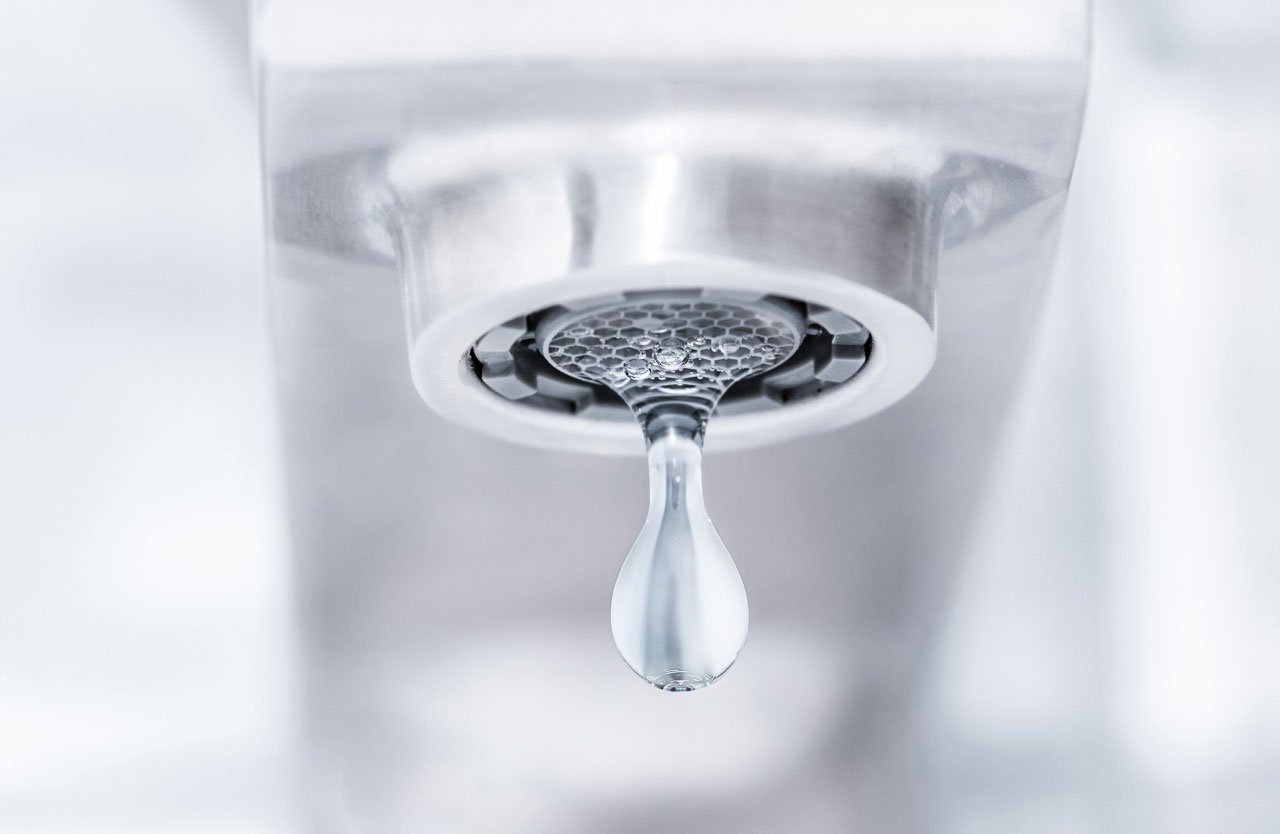Overview
1,1,2-Trichloroethane is a volatile neurotoxic solvent used for manufacturing products such as plastic wrap and carpet backing. It causes liver tumors in animal studies. learn more about this contaminant
The EPA classifies 1,1,2- trichloroethane as a possible human carcinogen. The California public health goal of 0.3 parts per billion, set to protect against cancer, is 16 times lower than the amount allowed by the federal government, which is a Maximum Contaminant Level of 5 parts per billion.
Click here to read more about carcinogenic VOCs.
State, National, and Health Guidelines for Drinking Water
EWG Health Guideline: 0.3 ppb
The EWG Health Guideline of 0.3 ppb for 1,1,2-trichloroethane was defined by the California Office of Environmental Health Hazard Assessment as a public health goal, the level of a drinking water contaminant that does not pose a significant health risk. This health guideline protects against cancer.
EPA Maximum Contaminant
Level (MCL): 5 ppb
The legal limit for 1,1,2-trichloroethane, established in 1992, was based on analytical detection limits at the time that the standard was set. This limit may not fully protect against the risk of cancer due to 1,1,2-trichloroethane exposure.
ppb = parts per billion
National Standard Exists
Health Concerns:
Liver cancer
Harm to the kidney
Change to the central nervous system











